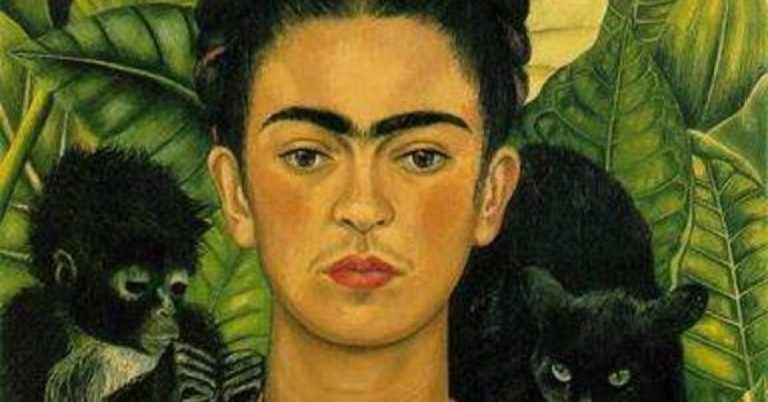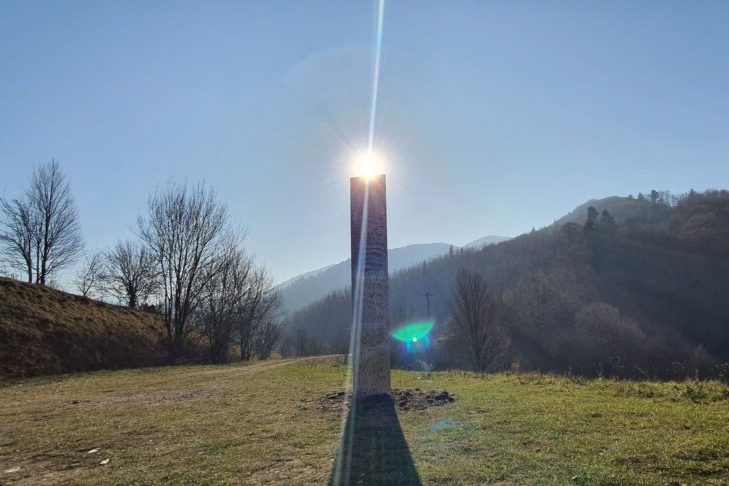Be Golden as gold mine & Green as leaf
carpe diemBe Golden as gold mine & Green as leaf
carpe diemFrida Kahlo and her paintings
Frida Kahlo and her paintings

Mexican artist Frida Kahlo is remembered for her self-portraits, pain
and passion, and bold, vibrant colors. She is celebrated in Mexico for
her attention to Mexican and indigenous culture and
by feminists for her depiction of the female experience and form
Kahlo, who suffered from polio as a child, nearly died in a bus accident
as a teenager. She suffered multiple fractures of her spine, collarbone
and ribs, a shattered pelvis, broken foot and a
dislocated shoulder. She began to focus heavily on painting while
recovering in a body cast. In her lifetime, she had 30 operations

Life experience is a common theme in Kahlo's approximately 200
paintings, sketches and drawings. Her physical and emotional pain are
depicted starkly on canvases, as is her turbulent relationship
with her husband, fellow artist Diego Rivera, who she married twice. Of her 143 paintings, 55 are self-portraits
.
The devastation to her body from the bus accident is shown in stark detail in The Broken Column.
Kahlo is depicted nearly naked, split down the middle, with
her spine presented as a broken decorative column. Her skin is
dotted with nails. She is also fitted with a surgical brace.
In her second-self portrait, "Time Flies," Kahlo uses a folk style and
vibrant colors. She wears peasant clothing, and the red, white and green
in the painting are the colors of the Mexican flag

Monolith
Monolith
A monolith is a
geological feature consisting of a single massive stone or rock, such as
some mountains, or a single large piece of rock placed as, or within, a
monument or building. Erosion usually exposes the geological
formations, which are often made of very hard and solid igneous or
metamorphic rock.


Menorah
Menorah

Menorah, also spelled menora, multibranched candelabra, used in the religious rituals of Judaism,
that has been an important symbol in both ancient and modern Israel.
The seven-branched menorah was originally found in the wilderness
sanctuary and then later in the Temple in Jerusalem
and was a popular motif of religious art in antiquity. An
eight-branched menorah modeled after the Temple menorah is used by Jews
in rites during the eight-day festival of Hanukkah.

The Hanukkah lamp is an eight-branched imitation of the original Tabernacle menorah that is used to celebrate the rededication of the Second Temple. The lamp has taken many forms through the ages, but its essential feature has been eight receptacles for oil or candles and a holder for the shammash (“servant”) light, which is used for kindling the other lights. During each night of Hanukkah, candles are inserted into the menorah from right to left but are lighted from left to right. The lamp is displayed in a highly visible location, and depictions of it are often found on public buildings, synagogues, and private homes.